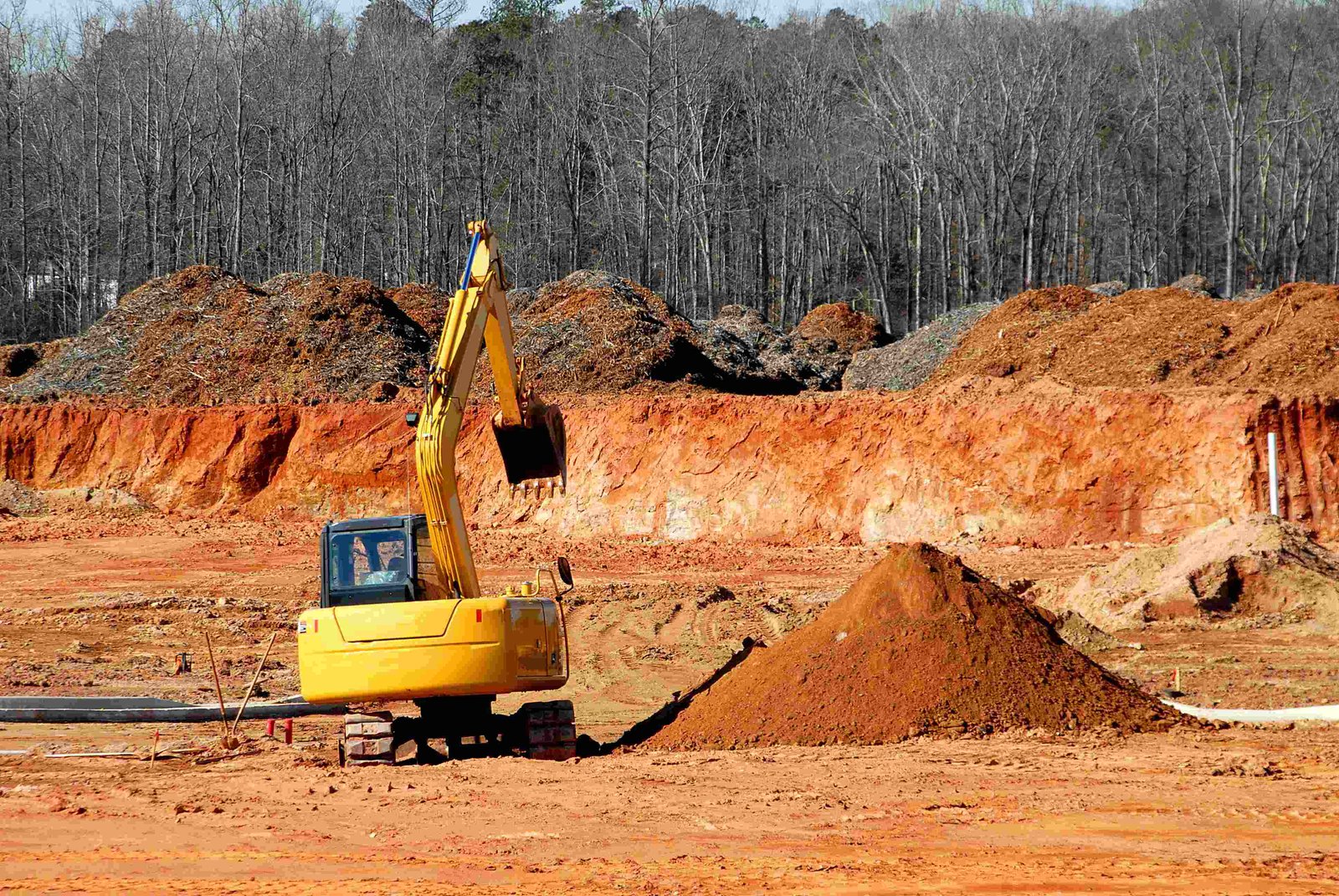With winter comes in Minnesota, the significance of having a reliable and efficient chimney is paramount. With temperatures often dropping well under freezing, a well-maintained chimney is indispensable for adequate ventilation and heat regulation in our homes. Whether you rely on a fireplace to provide warmth during the long winter nights or use a wood stove for additional heating, making sure your chimney is in good condition is critical for both safety and comfort.
Unfortunately, many homeowners fail to notice the condition of their chimneys until issues arise. From creosote buildup to structural damage, neglecting chimney maintenance can lead to significant problems, including chimney fires and carbon monoxide poisoning. In this article, we will explore professional strategies for chimney repair in Minnesota, giving the information you need to keep your home comfortable and protected throughout the harsh winter months.
Common Chimney Problems in the state of Minnesota
Flues in Minnesota encounter unique difficulties because of the harsh cold weather and moist conditions which can intensify deterioration. One frequent problem is liquid harm resulting from snow and rain that penetrates within the structure, leading to leaks and degradation. The freeze-thaw cycle can exacerbate these problems, leading to masonry and cement to split and crumble, reducing the flue’s effectiveness and safety.
Another common problem is creosote, that is notably concerning during the frigid season as fireplaces are used with greater frequency frequently. This combustible material accumulates inside the flue as logs burns, and if left taken care of, it can lead to flue blazes. Routine inspection and maintenance are essential to ensure this this accumulation does not represent a serious risk, especially during the winter months as blazes are common.
Finally, physical damage can occur from age or severe climatic circumstances. Minnesota’s freeze and thaw cycles can weaken the chimney’s foundation as time goes on, resulting in leaning or unstable buildings. Property owners should be vigilant for any indications of fissures or shifting and seek professional inspections to resolve potential issues before they escalate, guaranteeing both security and ease in the cold seasons.
Essential Maintenance Methods
Concerning chimney repair in Minnesota, it is crucial to assess the condition of your chimney regularly. One essential technique involves inspecting the chimney for fissures, leaks, and damaged mortar joints. This step ensures that any issues can be identified early, preventing major damage over time. Homeowners should consider scheduling professional inspections, especially after brutal winters, to address possible weather-related wear and tear.
Another essential repair method is tuckpointing, which consists of replacing and repairing the mortar joints between bricks. This technique is particularly crucial in Minnesota, where the freeze-thaw cycle can intensify the wear of mortar. Proper tuckpointing not only restores the strength of the chimney but also helps to maintain its visual appeal. This repair can prolong the life of your chimney and improve its overall efficiency.
Lastly, previously damaged or absent chimney caps should be installed to protect against moisture intrusion and animal entry. Installing a stainless steel chimney cap can provide a enduring solution to preventing rust and corrosion. Additionally, a well-designed cap will help direct rainwater away from the chimney structure, further shielding against potential damage. Utilizing these repair techniques will ensure that your chimney remains safe and functional throughout Minnesota’s changing seasons.
Preventative Maintenance Advice
Regular inspection of your chimney is essential for maintaining its structural integrity and security. In the state of Minnesota, where extreme weather conditions can take a toll, arrange an yearly evaluation with a certified expert. They can detect potential problems such as cracks or blockages that could lead to hazardous situations. Maintaining your chimney clean and free of obstruction will not only improve its efficiency but also prevent dangerous chimney fires.
A further important aspect of chimney maintenance is making sure adequate flashing details and sealing techniques. This aids prevent water leaks that can cause serious damage over the years. Inspect the flashing materials around your chimney for any signs of rust or deterioration, and change it if needed. Additionally, apply waterproof sealants to protect against water infiltration, particularly during the wet and wintry times usual in this area.
To wrap up, consider purchasing in a quality chimney cap. A secure cap can block rain, snow, and debris, which can lead to blockages or moisture damage inside your chimney. It also keeps animals out, lowering the probability of blocks that could hinder airflow. By taking these preventative steps, you can extend the life of your chimney and make certain it remains safe and operational for many years to come.
chimney masonry repair near me
